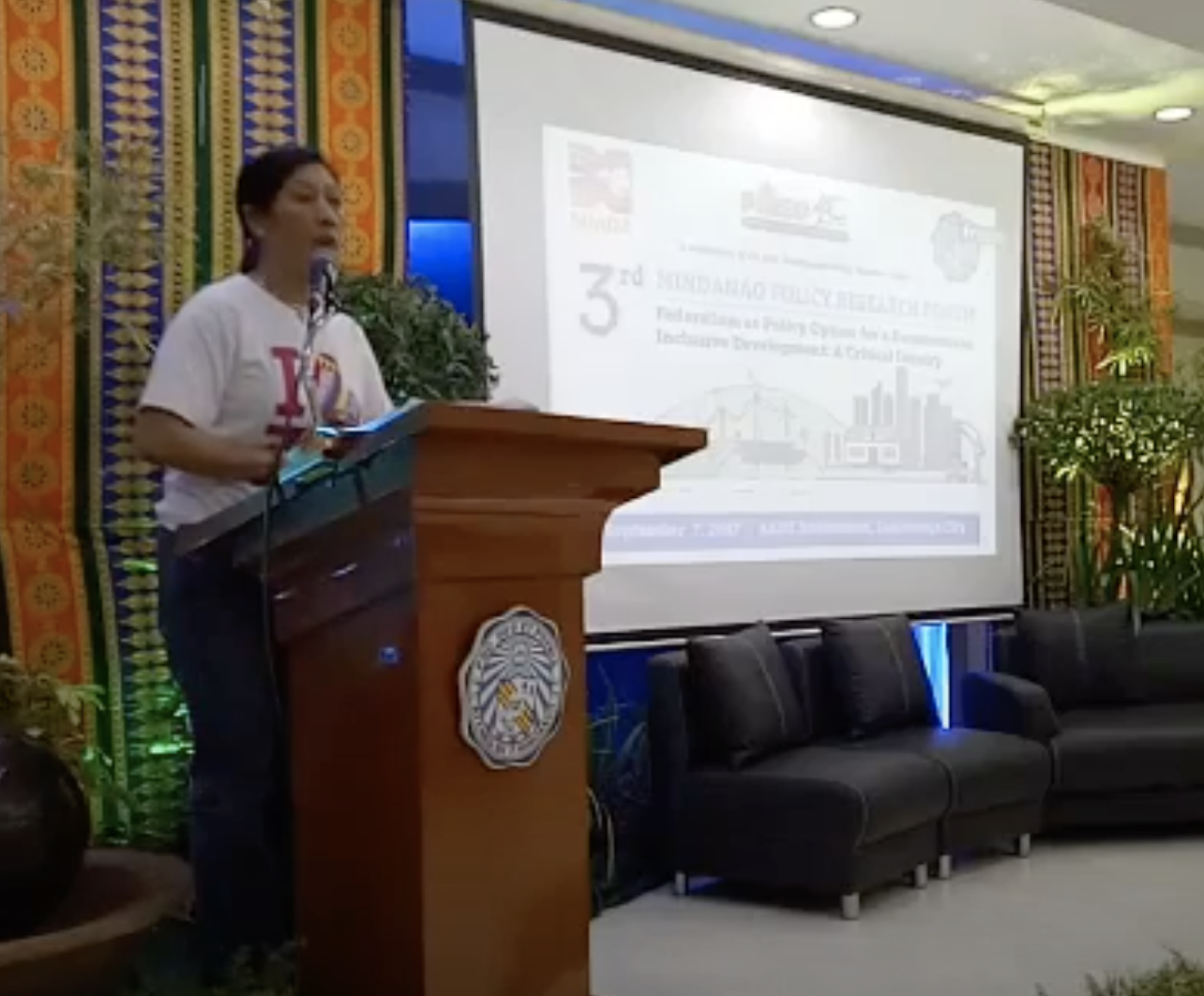SEN. Sherwin Gatchalian said reforms in the basic education sector should address issues hounding the language of instruction.
As the nation celebrates National Language Month this August, the senator said the language of instruction is considered one of the key problems faced by K to 12 schools.
"The intention of the mother tongue education to teach learners using the language that they understand is good," Gatchalian said in Filipino. "But we saw some challenges in its implementation as it affects the quality of education in our country."
"We need to resolve the issues hounding the mother tongue education to reform our system of education," he stressed.
He noted that 94 percent of 15-year-olds who participated in the 2018 Programme for International Student Assessment spoke a different language at home most of the time.
In the same global assessment participated by 79 countries, he said the Philippines ranked lowest in reading with only one out of five Filipino students achieving at least the minimum level of proficiency.
Republic Act 10533 or the "Enhanced Basic Education Act of 2013" or the K to 12 Law, mandates the basic education curriculum's adherence to the principles and framework of the Mother Tongue Based-Multilingual Education (MTB-MLE).
Gatchalian earlier filed Senate Resolution 610, which seeks a Senate inquiry into the implementation of the MTB-MLE.
Under the MTB-MLE for kindergarten and the first three years of elementary education, instruction, teaching materials and assessment should be in the regional or native language of learners.
From Grades 4 to 6, Filipino and English should be gradually introduced as languages of instruction through a language bridge program until these two languages can become the primary language of instruction at the secondary level.
The implementation of the MTB-MLE also poses a challenge to teachers, the senator pointed out.
He said a 2019 study by the Philippine Institute for Development Studies cited the lack of textbooks written in the mother tongue as well as the lack of teacher training on using the mother tongue as a language of instruction.
Address concerns on language of instruction – Gatchalian








